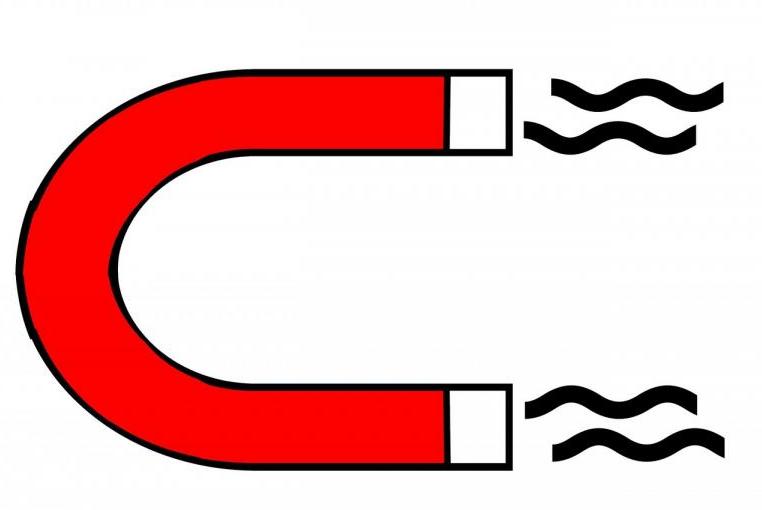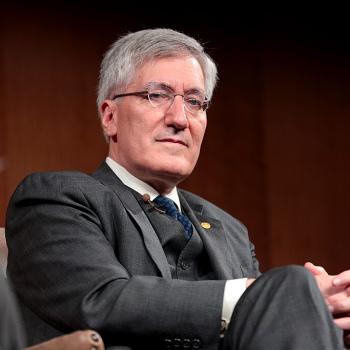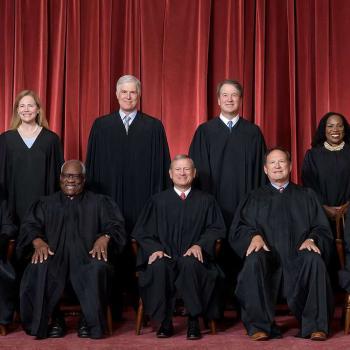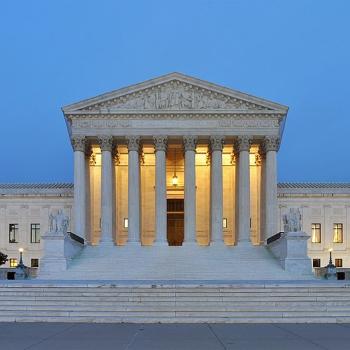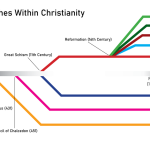Nearly 90% of individuals–including gays and lesbians–would not consider dating someone who is transgendered. Is this because of bigotry against men who identify as women and women who identify as men? Or do these findings reveal a weakness in the ideology of transgenderism?
Researchers Karen L. Blair and Rhea Ashley Hoskin published their findings in an article Transgender exclusion from the world of dating: Patterns of acceptance and rejection of hypothetical trans dating partners as a function of sexual and gender identity published in the Journal of Social and Personal Relationships. They asked nearly a thousand participants, in the words of the abstract, “to select all potential genders that they would consider dating if ever seeking a future romantic partner.”
The options provided included cisgender [identifying as their birth gender] men, cisgender women, trans men [born female but identifying as men], trans women [born male but identifying as women], and genderqueer [those rejecting the binary male/female distinction] individuals. Across a sample of heterosexual, lesbian, gay, bisexual, queer, and trans individuals, 87.5% indicated that they would not consider dating a trans person, with cisgender heterosexual men and women being most likely to exclude trans persons from their potential dating pool.
Among heterosexuals, only 3.1% would consider dating someone of their own sex who identify or surgically transitioned to the opposite sex. Meaning that 96.9% would not.
Similarly, the overwhelming majority of gay men are uninterested in dating a woman who now identifies as a trans man. Similarly, lesbians are uninterested in dating a man who now identifies as a trans woman.
The only groups that expressed a willingness to date those who are transgendered are other transgendered folks, the “queer” or “non-binary,” and bisexuals. But of these sympathetic groups, only 55% would consider a trans person as a romantic partner. So nearly half of trans people will not date another trans person!
Not only that, in the words of the study abstract,
Even among those willing to date trans persons, a pattern of masculine privileging and transfeminine exclusion appeared, such that participants were disproportionately willing to date trans men, but not trans women, even if doing so was counter to their self-identified sexual and gender identity (e.g., a lesbian dating a trans man but not a trans woman).
That is, a lesbian who is open to dating someone who is trans would consider dating a woman who identifies as a man, but not a man who identifies as a woman. These lesbians are attracted to women, even if they look and act like men, suggesting that they are still women after all.
Is this just bigotry? That’s what some are calling it. Blair, a psychology professor at St. Francis Xavier University (a Catholic institution), wrote some reflections on her findings in Psychology Today.
What is the solution? Improving general knowledge and understanding concerning the diversity of gender identities and what each identity means may go a long way in increasing inclusion. Furthermore, increasing accurate media representations of trans and non-binary people, as well as finding ways to increase contact may also be promising, as other research has found that contact with, and additional knowledge about, transgender individuals can effectively reduce trans prejudice.
She think that such education and personal relationships will teach the 96.9%, the 87.5%, and the 45% will learn that transgendered men are really men and that transgendered women are really women and that people’s romantic feelings and sexual desires will change according to this information.
Blair also offers a parallel with inter-racial romances:
Just as sociologists have tracked acceptance of inter-racial relationships as a metric of overall societal acceptance of racial minorities, future fluctuations in the extent to which trans and non-binary individuals are included within the intimate world of dating may help to illuminate progress (or lack thereof) with respect to fully including trans and non-binary individuals within our society. After all, it is one thing to make space for diverse gender identities within our workplaces, schools, washrooms and public spaces, but it is another to fully include and accept gender diversity within our families and romantic relationships.


